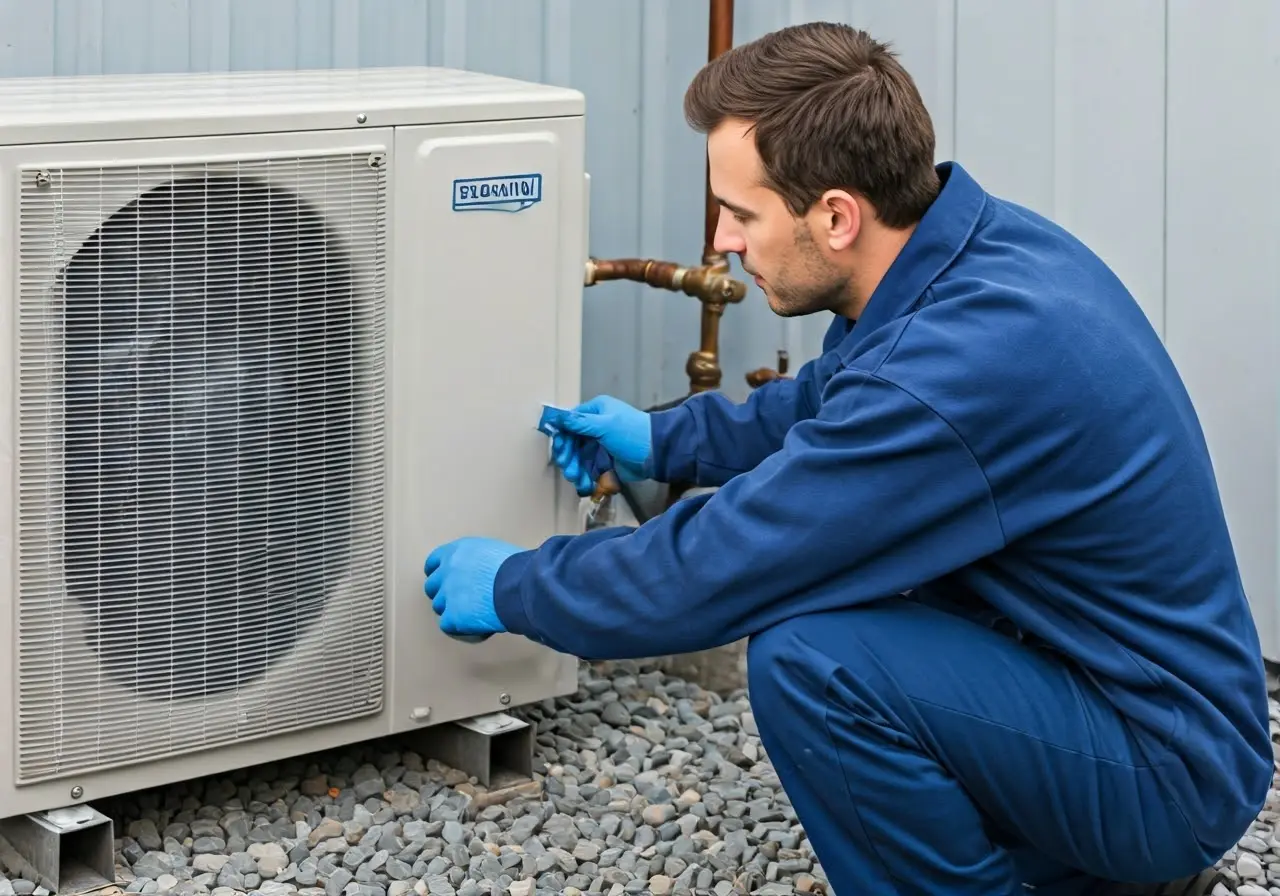License #: CAC1821281

Common Mistakes to Avoid During Heat Pump Installation
Installing a heat pump can be a great way to enhance the comfort of your home while improving energy efficiency. However, proper installation is key to ensuring optimal performance. In this blog, we’ll explore some common mistakes to watch out for during heat pump installation, helping you avoid pitfalls and get the most out of your investment.
Failing to Choose the Right Size Heat Pump
One of the most common mistakes during heat pump installation is selecting the wrong size unit for your home. A unit that’s too small won’t adequately heat or cool your space, while one that’s too large can lead to short cycling and inefficiency. Proper consultation with a professional can help you choose the right size unit for your needs.
It’s not just about the size of the unit, but the compatibility with your living space. Choosing a heat pump involves understanding the specific heating and cooling requirements that are unique to your household. A professional assessment can factor in local weather conditions, home insulation levels, and household size, ensuring a tailored approach that can significantly boost energy efficiency.
Avoid relying solely on online calculators or assumptions for sizing. This often overlooks crucial variables such as window placement, ceiling height, and sun exposure. Instead, working with experienced HVAC specialists can mitigate the risk of an underperforming system. Their insights can direct you through the nuanced process, securing both comfort and economy in heating and cooling.
Ignoring the Importance of Professional Installation
Attempting a DIY installation or hiring someone without the proper expertise can lead to numerous problems. It’s crucial to have a certified technician install your heat pump to ensure it operates safely and efficiently. This decision can also affect the unit’s warranty and longevity.
Professional installation utters a lot more than just peace of mind; it ensures compliance with local regulations and manufacturer guidelines. Proper installations are tightly linked to performance standards and can preemptively ward off complications like refrigerant leaks and poor pressure control, which often go unnoticed by untrained eyes but can culminate in costly repairs as noted in professional guides.
Skipping Ductwork Inspection
Before installing a heat pump, it’s important to inspect existing ductwork for leaks, obstructions, or poor insulation. Ignoring ductwork issues can compromise the efficiency of the system and reduce overall performance. Ensuring ducts are in good condition will support optimal airflow and temperature control.
The ripple effect of faulty ductwork can be dire. Leaks or blockages can misdirect warm or cool air, dramatically affecting efficiency and indoor comfort. Reports show that leaking ducts can reduce system efficiency by up to 30%. Simple actions like sealing or insulating ductwork contribute profoundly to long-term savings and comfort.
Neglecting to Optimize the Installation Location
The placement of both the indoor and outdoor units of a heat pump significantly affects its performance. Outdoor units should be positioned in a shaded, well-ventilated area, and indoor units should be placed where air can circulate freely. Poor location choices can lead to decreased efficiency and increased energy bills.
Strategic placement is all about maximizing airflow and minimizing resistance against environmental factors. An improperly placed outdoor unit can strive harder against temperature swings and debris, raising operation costs. On the other hand, placing the unit indoors near sources of heat or with hindered airflow can downgrade performance metrics. Prioritizing optimal unit placement is a practical step toward sustained efficiency.
Overlooking Routine Maintenance
After installation, regular maintenance is key to ensuring the longevity and efficiency of your heat pump. Simple tasks like cleaning filters, checking thermostats, and ensuring clear airflow pathways can prevent minor issues from becoming costly repairs down the line.
It’s crucial to understand that skipping regular maintenance on your heat pump might result in steep operational declines and surprise breakdowns. Routine checks by a qualified technician uncover early signs of wear and optimize your system’s performance prior to peak seasons. Seasonal maintenance is not merely preventative; it’s a proactive measure ensuring comfort and affordability come adverse weather conditions.
Maximizing Your Heat Pump’s Performance
By being aware of these common mistakes and ensuring they are avoided, you can enjoy efficient and effective heating and cooling from your heat pump for years to come. A well-installed heat pump not only provides comfort but also helps in energy savings, making it a wise investment for your home.


